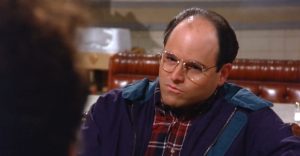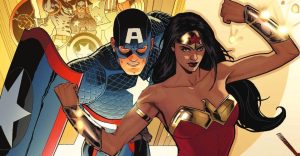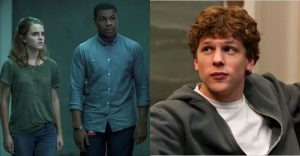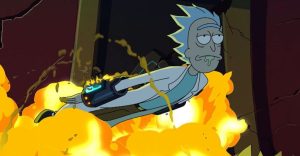10 Movies That Seem Inspired By Frank Herbert’s Dune
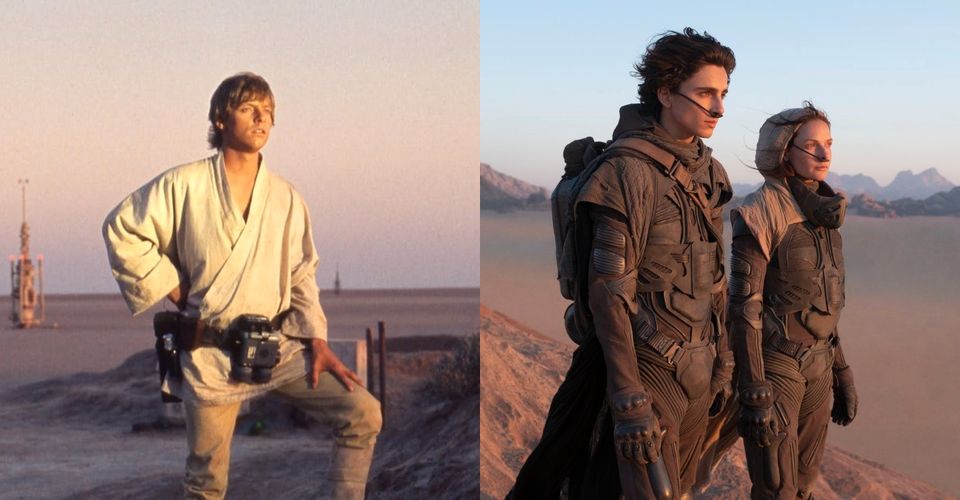
Even before the story was adapted to screen, Dune was one of the most influential works of science fiction of the 20th century. Its intricately crafted universe of a high-tech future based on human advancement rather than artificial intelligence saw a unique blend of sci-fi and fantasy that hadn’t been seen in the same way before.
From Frank Herbert’s descriptions of the human processors known as Mentats, to the gargantuan and all-consuming Shai-Hulud, aka sandworms, his series is full of concepts that have made a significant mark on science-fiction cinema.
2001: A Space Odyssey

Perhaps one of the films more tentatively influenced by Dune, 2001: A Space Odyssey was another work of 1960s sci-fi that would go on to revolutionize the genre. Indeed, 2001: A Space Odyssey still holds up today.
While on the surface 2001 may be very different from Herbert’s narrative, there are thematic ideas that run between the two of them. The influence of psychedelia in both is a crucial feature, although Dune introduces a more tactile form through the spice melange, and also the idea of technological advancement through human evolution is central to the narratives of both.
Blade Runner

Ridley Scott has long been known to be a fan of Dune, and back in the 1980s was attached to direct the film version that eventually got made by David Lynch. While Scott’s vision for the project ultimately never came to be, his own aesthetic vision arguably continued into the production of Blade Runner.
Artists Dan O’Bannon and Moebius were two people who worked on initial sketches for Jodorowsky’s Dune, and were later hired by Scott on Blade Runner. It’s clear to see Scott’s interpretation of Herbert’s text in the mix though, with the dystopian neo-noir setting evoking the dark industrial landscapes of Giedi Prime.
The Chronicles of Riddick

While many of Dune‘s themes seem absent in The Chronicles of Riddick, the series has perhaps the most aesthetic similarities to Hebert’s novel.
Vin Diesel’s Riddick is a powerful antihero who in the first installment, Pitch Black becomes stranded on a desert planet after escaping a prison ship. While Riddick is much more of an action hero than Paul Atreides, he is yet another example of the Chosen One trope, prophesied to bring balance to the universe, while also utilizing an ‘eyeshine’ ability that is reminiscent of the Fremen’s blue eyes, although it has a very different function.
Mad Max

Another work of dystopian fiction, the Mad Max films may often follow smaller-scale stories than the universe-spanning drama of Dune, yet they take on the same themes of rebellion in the face of environmental devastation.
Immortan Joe certainly inherits the power-grabbing and grotesque nature of Baron Harkonnen, and Max himself takes on a messianic role, not unlike that of Paul, particularly in Beyond Thunderdome.
Stargate

While Stargate‘s themes are nowhere near as developed as those in Dune, it still shares many of the cosmetic influences that Herbert’s novel has imprinted on science fiction.
While primarily set on Earth, Stargate is another example of a millennia-spanning power struggle against a tyrannical Empire, with the Goa’uld Empire running the Milky Way galaxy while posing as Ancient Gods. Even though Stargate‘s desert setting evokes the arid landscapes of Dune, it’s the political struggle that is perhaps most influential.
Tremors

The main influence Tremors takes from Dune is the sandworm creature that, while appearing on a smaller scale, is still drawing on the cultural image constructed by Herbert’s Shai-Hulud.
Tremors‘ Graboids share the Shai-Hulud’s desert habitat, and also their sensitivity to vibrations from the surface in the form of footsteps or machinery. In the film’s DVD commentary, director Ron Underwood did take care to mention how he wanted to visually distinguish the Graboids from the Shai-Hulud in order to avoid close resemblance.
The Matrix

While the world of Dune is far from cyberpunk films like The Matrix, its depiction of a future without computers or artificial intelligence still made a significant impact on The Matrix franchise. The Wachowskis haven’t mentioned Dune as an influence themselves yet the series follows several sci-fi tropes brought to the forefront by Dune.
Along with the Chosen One trope, perhaps the most significant similarity is the symbiotic relationship between the humans and the machines, which mirrors the ecology of Arrakis where humans, water, spice, and the sandworms are all pieces in a larger ecosystem, constantly in conflict.
Prometheus

While this influence partly comes from Alejandro Jodorowsky’s vision of Dune, many of artist H. R. Geiger’s designs for the scrapped project were reused in the art designs of Alien and Prometheus. Notably, the gothic, industrial nightmare of the Harkonnen’s homeworld, Giedi Prime, served as an influence for some of the same designs in Scott’s Alien films.
Fans have noticed for example how Geiger’s paintings for the design of the organic Xenomorph ship share similarities with the designs of Castle Harkonnen, demonstrating a style of sci-fi that extends beyond Prometheus.
Nausicaä Of The Valley Of The Wind

A film that draws more on the ecological themes of Dune, Hayao Miyazaki’s Nausicaä of the Valley of the Wind is a significant inheritor of the themes brought to light by Herbert.
While certain cosmetic influences are apparent, including the sandworm-esque Ohms which roam the wasteland, it is Dune‘s vision of a harsh, hostile environment that Nausicaä draws on most. While it is also more in line with the post-apocalypse genre, its protagonist seeking to transform the harsh wasteland into something beautiful has plenty in common with Paul Atreides.
Star Wars

Harsh desert planets, an ancient spiritual order, and a faction of rebels taking on the all-encompassing Empire: Many have commented on the parallels between Dune and Star Wars, particularly in George Lucas’s original trilogy.
While Lucas drew on the works of Akira Kurosawa, Flash Gordon, and World War Two action films in crafting the first Star Wars, the influence of Dune cannot be understated. The two stories have gone on to influence each other, with Lucas’ films changing the face of science fiction that later adaptations of Dune have had to respond to.
About The Author












